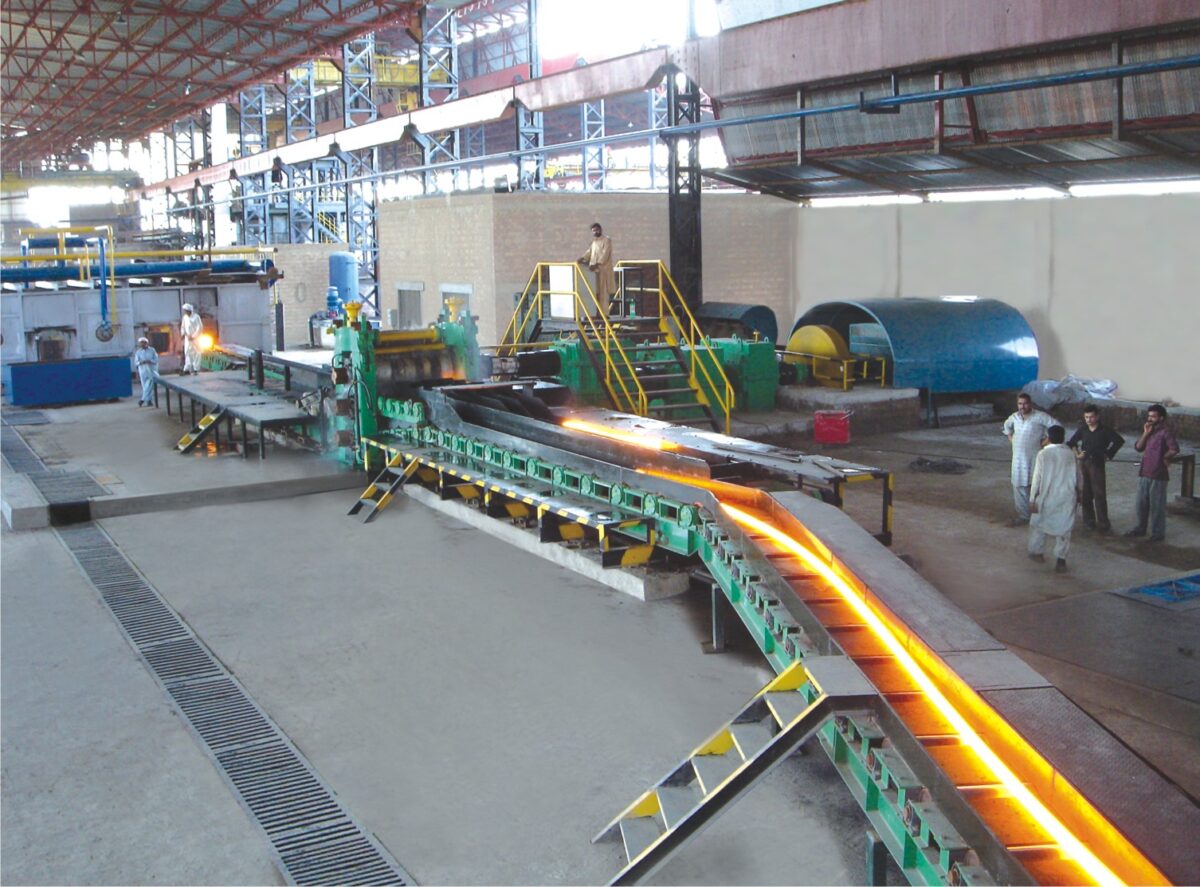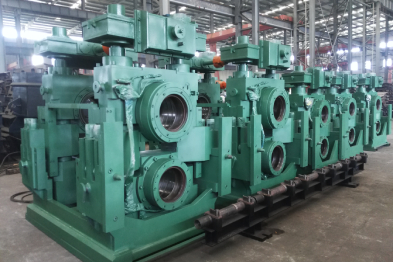No matter how much you paint the walls or furnish the interiors, a weak structural foundation of any building can be detrimental to its strength and longevity. The only thing that guarantees your construction will survive the test of time is using good quality materials that make your base strong such as TMT bars.
What is a TMT Bar?
Before we delve into why and how quality TMT bars are crucial for your construction project, we need to learn all about TMT bars.
TMT bars, also known as ‘Thermo Mechanical Treatment’ bars, is one of the most indispensable construction material worldwide. They are high-strength reinforcement bars manufactured using a unique technique that leaves them with a rigid outer surface and a soft inner core, making them strong yet flexible.
6 Advantages of Using Quality TMT Bars
TMT bars are called the backbone of every RCC (Reinforced Cement Concrete) structure, but why? Let’s find out how these bars enhance a building’s longevity and strength.
1. Ductility and Strength
Compared to regular reinforcement bars, the strength of TMT bars is what sets them apart and makes them the best choice for any structure. The reason for their strength and ductility is the intense cooling it receives. During the manufacturing process passes through a water cooling system which causes the outer surface to harden. The ribbed texture of the TMT bar also allows better bonding with the concrete giving it more strength, while the flexibility makes the bars easier to work with.
2. Corrosion Resistance
Based on the manufacturing process, the TMT bars anti-rust properties. Due to the intense colling, coarse carbide, which is the leading cause of the corrosion, does not get an opportunity to build up, making the bars more durable.
3. Fire Resistance
For a structure to have longevity, fire safety is a necessity. The perk of using TMT bars is their high thermal stability. Due to this, they can tolerate extreme temperatures ranging from 400 to 600 degrees Celsius and can retain more than 80% of their ambient temperature yield strength at 300°.
4. Weldability
TMT bars have high weldability; because of this quality, TMT is an exceptional choice for architects who intend to innovate and create unorthodox designs without compromising on the structural integrity of the building. The low carbon content not only makes weldability easier, but since there is no pre or post-welding treatment, it makes the process easier for the workers.
5. Earthquake Proof
TMT bars are favourite during construction projects is due to their ability to withstand high levels of stress and pressure because of their fatigue-resistant properties. One natural calamity that causes the most property damage is an earthquake. The soft inner core and the hard exterior make the bars very ductile, which allows them to absorb shock causing minimal damage to the property.
6. Cost-Effective
Because of its tensile strength, high elongation value, and uniform sectional weight per unit, using TMT bars in your construction project saves up to 20% steel, in turn saving money. Its high structural strength also reduces the cost of production. On top of that, these bars are easier to manage on-site, reducing the construction and fabrication costs.
The search for a quality TMT bar starts from its very inception. Known for its soft inner core and hard exterior, it will have no value if it is not manufactured correctly. TMT bars have an advanced manufacturing technique that includes three essential components: Quenching, Self-tempering, and Atmospheric cooling.
Why Choose The Steefo Group for TMT Bar Rolling Mills
The Steefo Group strives to be your reliable partner for all your steel forming needs, from turnkey solutions to best-in-class products. To manufacture superior quality TMT bars, you will need machinery that will aid you in attaining that goal. Look no further than our TMT bar rolling mills which are a part of our DNA. Whether you require a production capacity of 10 TPH TO 100 TPH, we can help you. With our design expertise and experience in producing turnkey projects, you will not have to worry about anything, from conception to commission.
Our ultimate goal is to be a creator and provider of innovative, integrated automation solutions that boost productivity, reduce workforce needs, and ensure faster returns on your investment. Our TMT bar rolling mill will enhance your production and help you stand apart from the rest.
To learn more, contact us at marketing@thesteefogroup.com or call us at +919824076873.





